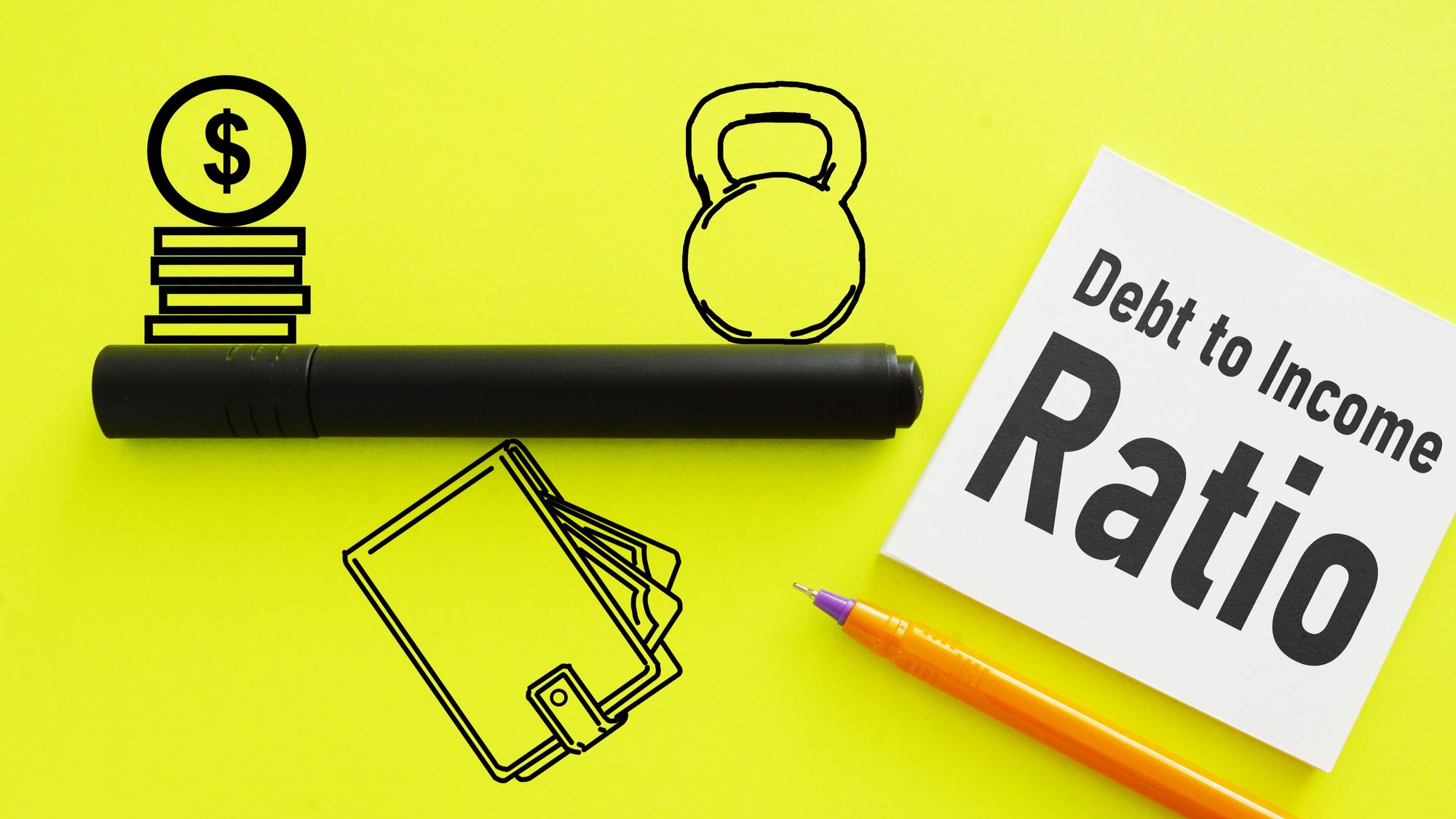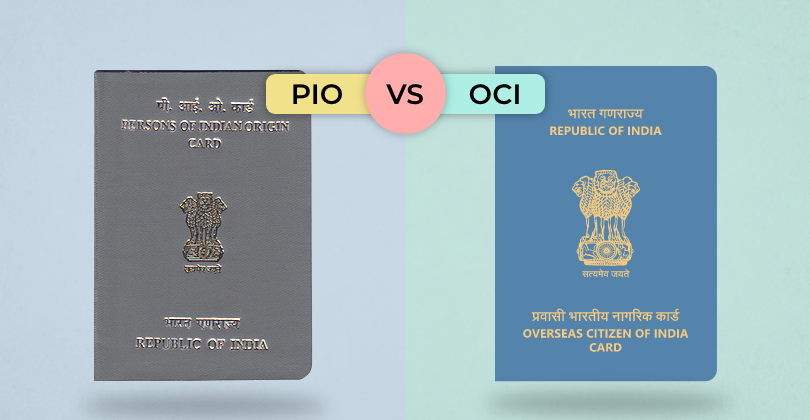Are you of Indian origin and living abroad? You've probably come across terms like PIO and OCI. These cards offer different benefits, but it can
It is very important to manage finances well every month. There are several contributing factors to stable finances and there are many benefits to planning out expenditures every month. When a person has a stable income, different parts of it can be allocated to recurring monthly expenses or requirements.
While budgeting for the month, it is safe to assume that a fixed amount will go towards rent and bills every month. The leftover amount is usually known as disposable income and can be used for new purchases, savings, or even investments. However, in most cases, monthly payments will be made towards outstanding debts such as home loans, vehicle loans, EMI payments, and even credit card bills. All of these payments will also take up a certain percentage of the total income towards the repayment of debts.
What is Debt to Income Ratio?
To recap what we just covered - simply put, the debt-to-income (DTI) ratio indicates what part or percentage of a person’s income is spent each month on payments towards clearing their debts. By looking at the DTI ratio, lenders are able to figure out a borrower’s risk and gauge their capability to take on more debt.
Why DTI Matters to Your Loan
Most people take loans for major purchases such as houses, land, and construction materials. This makes more sense as people only have to make the down payment on the spot, and the debt that they carry is usually tax deductible. This also means that most people are paying off some kind of debt on a regular basis.
When somebody needs a new loan, one of the first things that the lender will look at is the amount of existing debt that the person has. They will calculate what percentage of the person’s income goes towards paying off existing debts and whether they can pay back the new debt with the remaining percentage of their income on a monthly basis. This calculates the Debt to Income Ratio, based on which most lenders will approve the newest loan after determining that the borrower can manage the new monthly payments alongside the original debt.
Basically - the lower your debt to income ratio, the better your chances of getting a new loan, as it indicates that you are able to mitigate your debts and income appropriately. With a higher ratio, lenders can often worry as to how you will manage more debt going further.
How to calculate Debt to Income Ratio
It is not a complicated matter to calculate the percentage of income that goes towards debt repayment. There is a standard debt to income ratio formula that many lenders and monetary algorithms use.
In simple terms, the amount paid towards debt payments should be divided by the total income and then multiplied by 100 to make it a percentage value (Debt repayment amount x 100 / total income). Though this value is not directly related to a person’s CIBIL or credit scores, it is considered to be as important while getting a loan at least.
DTI Formula:
Debt to Income ratio (DTI) = Total Monthly Debt/ Gross Monthly income

- If the debt-to-income ratio is less than 30% - 35%, it is more likely that a lender will approve a loan without any hassles.
- A debt-to-income ratio that is between 35% - 50% has only a moderate chance of getting a loan approved.
- A DTI ratio above 50% has a very low chance of getting a loan approved by most lenders.
This is because it will surely be difficult for the borrower to manage their monthly payments when more than half their income goes into debt repayment.
If the process of calculating the DTI is still too complicated, anybody can easily find a Debt to Income Ratio Calculator online to find out the value automatically.
Manage a Better Debt-to-Income Ratio for Smooth Sailing
Every person who wants a loan or is expecting to take a loan in the future should try their best to maintain a good debt-to-income ratio. Those with a higher DTI ratio should try hard to lower it as much as possible as well. Making payments on time will help with the overall interest and late fees, while the prepayment or pre-closure of loans will improve the income-to-debt ratio greatly and effectively.
Nobody should find themselves in a situation where they are in urgent need of funds and unable to secure a loan because of their DTI ratio. When managed properly, debt can stabilize general income and improve the quality and procurement of various assets. A very good debt-to-income ratio will make a person a valuable prospect to a lender, the individual will be offered a variety of loans with attractive interest rates instead of them having to run around for it.
Conclusion
In conclusion, a low debt-to-income ratio is extremely useful when getting a loan, and one should always strive to manage their finances well enough to achieve the lowest possible percentage.
AUTHOR
KreditBee As a market leader in the Fintech industry, we strive to bring you the best information to help you manage finances better. These blogs aim to make complicated monetary matters a whole lot simpler.







